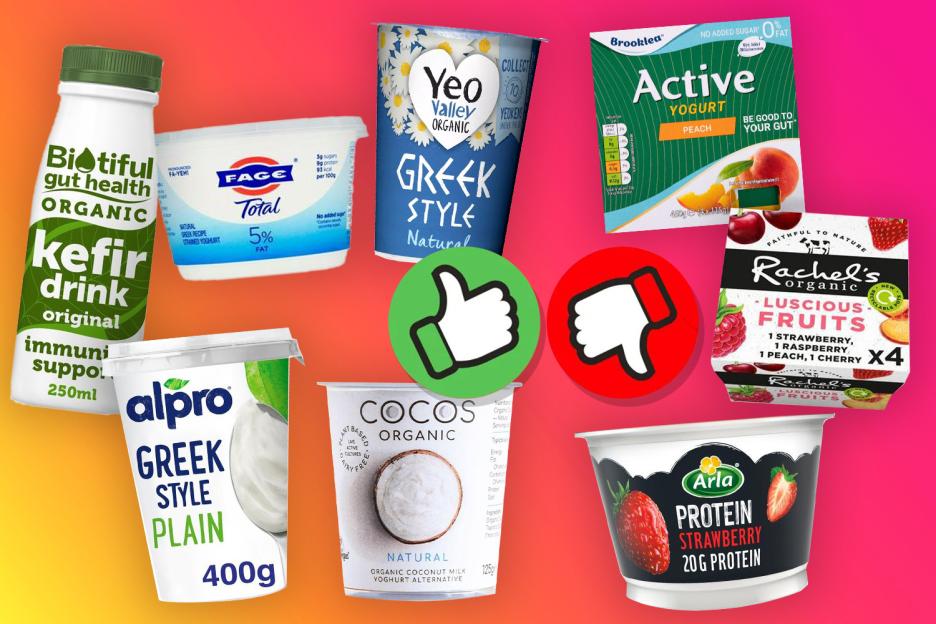THE sun is shining and the evenings are getting lighter, but if you still feel your mind and body need some TLC, a few lifestyle changes over the next four weeks could make all the difference.
The real secret to boosting your lies in small tweaks which are easier to stick to long-term and don’t require a huge life overhaul.
 We can help you transform your life in just 4 weeks
We can help you transform your life in just 4 weeksBy focusing on gradual adjustments, you’re more likely to stay motivated as you see the benefits.
So, from quitting to a 20p-a-day supplement, these expert tips can help you transform yourself from head to toe in just one month.
WEEK ONE
Walk 10 more minutes a day
WALKING is a great way to get started.
“It does wonders for your bone density and muscle health, and walking for half an hour is estimated to burn about 150 ,”; says Liam Grimley, personal trainer and co-founder of 432 Fitness.
Just 10 minutes of can boost mood, while a two to five-minute stroll after a meal can lower blood sugar, helping prevent energy crashes and snacking.
Long-term, stabilising blood sugar levels help prevent and weight gain.
To increase your steps, take the stairs, incorporate walking into your commute or the school run, or use a , like the HomeFitnessCode Walking Pad, £159.99, Amazon.co.uk , while watching TV.
Swap coffee for green tea
IF you rely on multiple espressos and lattes to get through the day, try replacing at least one cup with .
“It contains lower levels of caffeine and , an amino acid known for promoting relaxation without drowsiness,”; says nutritional therapist Lucia Stansbie.
“This helps improve focus, while reducing , making it a gentler stimulant.
“Consider drinking green tea regularly and saving coffee for when you need a real boost.”;
 Some studies suggest green tea boosts weight loss
Some studies suggest green tea boosts weight lossSome studies suggest green tea also boosts thanks to compounds including catechins, which may improve the body’s ability to burn calories.
WEEK TWO
Do resistance training
TO get stronger, boost and improve your self-esteem, try resistance training.
“Everyone can do it, no matter your experience,”; says Liam.
Aim for at least two sessions a week and you can progress by adding repetitions or sets.
Not sure where to start?
Try this beginners’ workout â all you need is a .
 Training with a resistance band can help you get stronger and boost metabolism
Training with a resistance band can help you get stronger and boost metabolismBicycle crunch (for your abs): Lie on your back and raise your legs to a 90-degree angle.
Put a small resistance band around your feet.
Lift your head and shoulders so you are in a crunch.
Twist your torso, bringing your elbow to the opposite knee while alternating leg extensions against the band’s resistance.
Banded hip thrust (for your lower body): Lie on your back with feet close to your bottom, slightly wider than hip-width.
Place the resistance band on top of your hips and hold the ends down with straight arms.
Lift hips up to form a straight line through the shoulders, hips, and knees, then lower slowly to the floor, and repeat.
Standing or kneeling row (for your upper body): Stand on a long band horizontally on the floor, with feet hip-width apart.
Take each end in your hands.
Bend slightly forward, pull the band towards your waist, driving elbows back and squeezing shoulder blades, then slowly return to start.
Power up on protein
goes hand-in-hand with resistance training to support muscle growth.
“It slows the natural loss of muscle mass as we age and plays vital roles in liver detox, tissue repair, brain function â including mood and focus â muscle recovery and skin health,”; says Lucia.
Animal-based proteins, such as meat, dairy, fish and eggs, are usually complete proteins, which means they contain the nine essential amino acids (the building blocks of protein) that the body cannot produce on its own.
Veggie or vegan?
Tofu is a complete protein, while nuts, beans, lentils and Greek yoghurt are also rich in the stuff.
WEEK THREE
Increase your fibre intake
DUBBED “nature’s Ozempic”;, helps control appetite by making you feel full, and also supports gut health.
The NHS recommends 30g daily but, according to the Food Standards Agency, the average Brit gets just 18g.
 Fibre is dubbed ‘nature’s Ozempic’
Fibre is dubbed ‘nature’s Ozempic’Fibre is known for aiding digestion and bowel health, but it also feeds good gut bacteria.
“A nourished and balanced gut microbiome â the collection of trillions of bacteria â is associated with lower levels of stress and a happier mood,”; says Lucia.
Include beans, nuts, lentils, grains, veg, potatoes (with their skins), and fruits in every meal.
Sprinkle seeds on salads or add ground flaxseeds for extra hits of fibre.
Talk to yourself
YOUR inner dialogue shapes your mood, so such as: “I can’t do it,”; or “I’ll never change,”; reinforces self-doubt.
 Talk to yourself with positive affirmations
Talk to yourself with positive affirmations“Replacing negative thoughts with positive affirmations can shift your perspective and help develop resilience,”; says Nicci Roscoe, a holistic health and wellbeing practitioner and author of Micro Meditation.
“Repeat phrases like: ‘I can handle this,’ and: ‘It’s going to be OK.’
“Over time, affirmations will reinforce a positive mindset and help you approach challenges with confidence.”;
WEEK FOUR
Opt for magnesium
THE magic of is that it helps boost energy while also calming the nervous system.
“It helps balance the body’s stress response by regulating cortisol levels, easing symptoms of stress and fatigue,”; says Lucia.
It has long been linked to better sleep quality, too. Leafy greens like spinach, whole grains, nuts and soy-based foods such as tofu are good sources.
A supplement can also help, too â Lucia recommends magnesium glycinate for sleep and anxiety, and magnesium citrate for digestion.
Try R.Y.M. Nutrition Magnesium Bisglycinate (Glycinate), £24.99 for a two-month supply.
Stretch every day
WHEN you wake up, instead of checking your phone, stretch for five minutes to loosen up your body.
“Morning will get you moving well for the day ahead and helps identify any tight spots to focus on,”; says Liam.
 Stretch for five minutes when you wake up to loosen up your body
Stretch for five minutes when you wake up to loosen up your bodyTry holding each of these stretches for 20 seconds each side.
Banana asana (for your spine): Lie flat, arms overhead, and curve the body to one side, keeping both buttocks on the ground.
Straddle stretch (for your hamstrings) Sit with legs straight and wide apart. Lean forward and hold.
Figure-four glute stretch (for your hips): Lie on your back, knees bent.
Place your left foot on your right knee at a 90-degree angle. Interlock hands behind your right thigh and pull towards your chest.
Pectoral stretch (for your shoulders): Stand facing a doorway.
Raise arms so your shoulders and elbows are at 90 degrees.
Put your hands on the door frame and step forward into the doorway to feel a stretch in your shoulder and chest.







